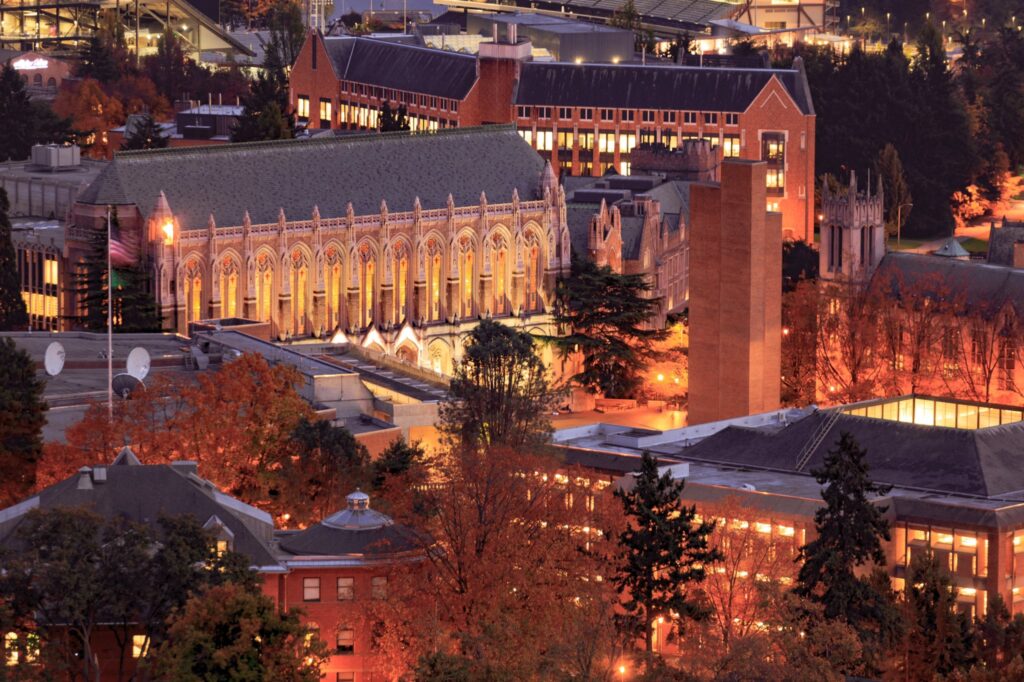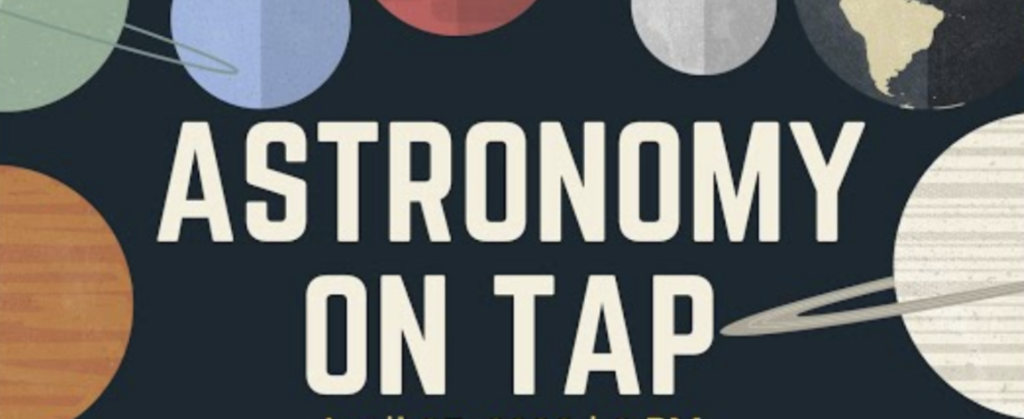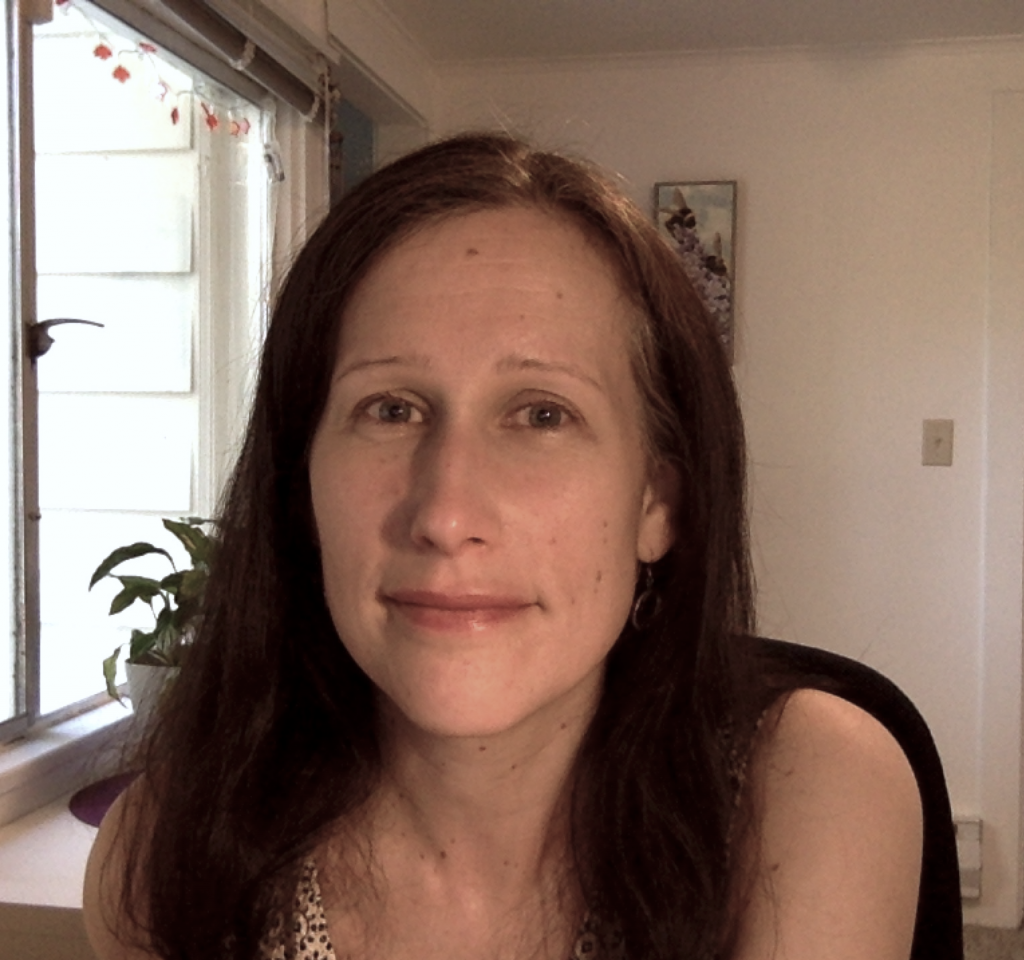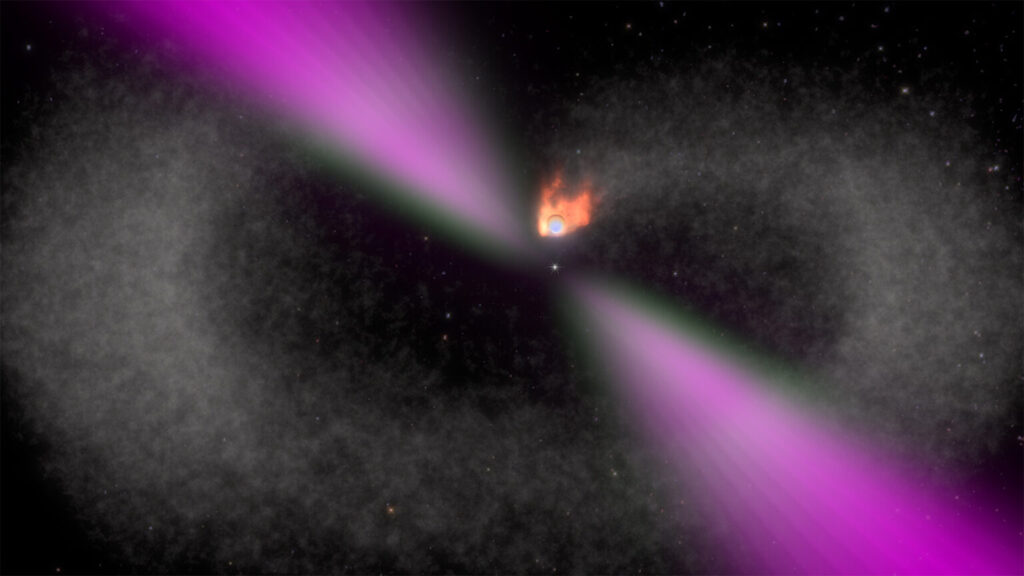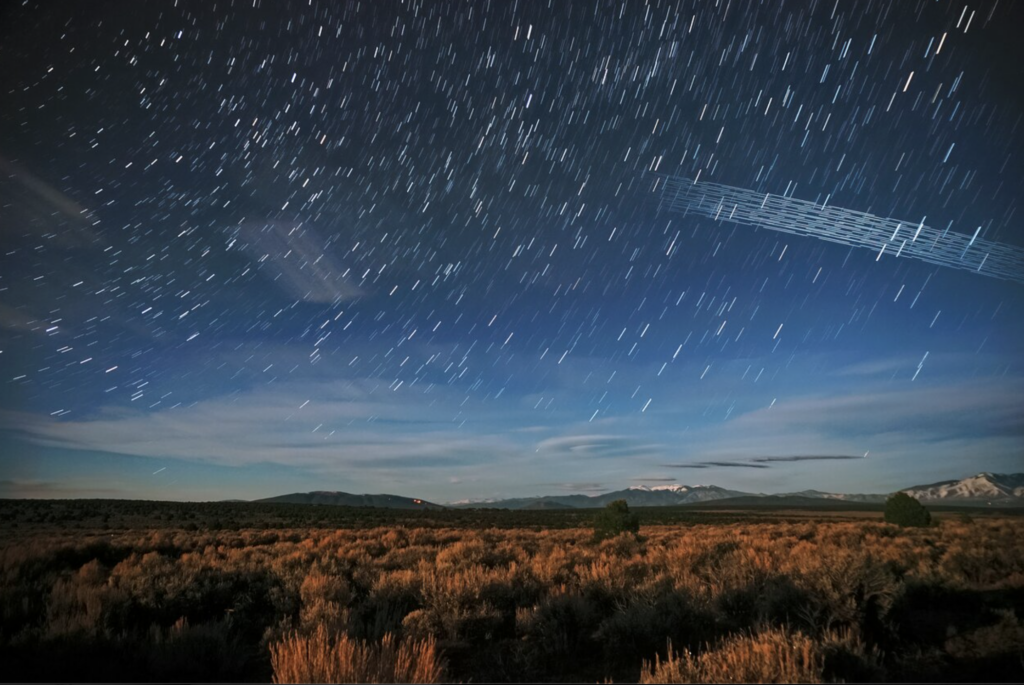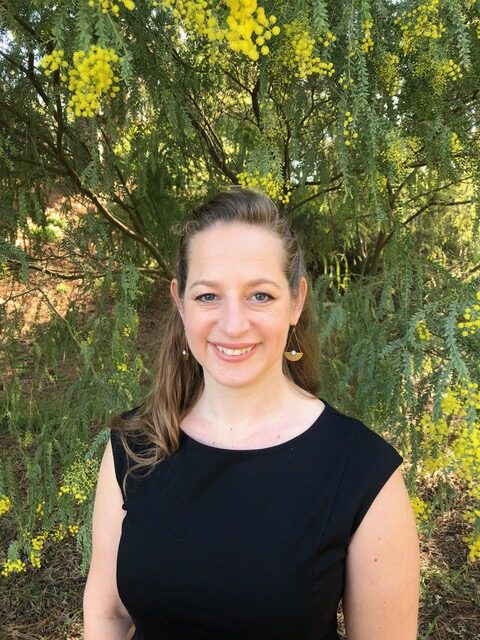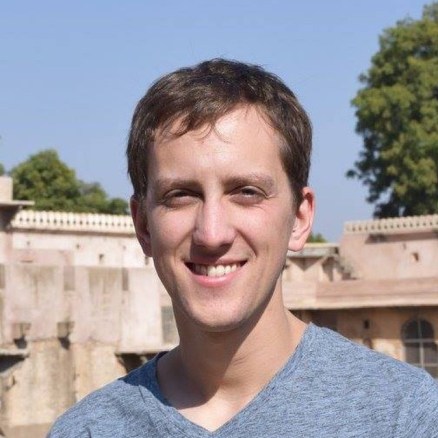2022 Application
Deadline: May 31st, 2022
The DiRAC Summer Research Prize program supports undergraduate research projects at the
University of Washington. Funding for this program has been generously provided by donations
through the 2022 Husky Giving Day program. Students who are currently enrolled at UW and
working with DiRAC researchers can apply.
Projects are expected to be specific, with a clear goal, outcome, or deliverable by the end of the
summer. While we especially hope to encourage students towards publication of their ongoing
research, projects in an earlier phase of effort are welcomed. We encourage students to work
with their mentors in crafting the research proposal.
Students supported by the DiRAC Summer Research Prize program will be asked to present a
brief summary of their projects at a DiRAC lunch event in Fall 2022.
Students are awarded $3500, supporting an 8-week research period. The level of effort is
expected to be approximately 20 hours per week during the awarded research period. These
funds can be awarded in addition to other summer research funding support by the department
or mentor.
Note: per UW rules, students cannot receive research credit (e.g. ASTR 499) for the same
hours supported by the DiRAC Summer Research Prize.
Submit your application as a PDF via email to the Summer Research Prize Coordinator:
Prof. James Davenport (jrad@uw.edu)
Student Information
Student Name: name here
Student ID Number: 0123456789
Email Address: _@uw.edu
Mentor Information
We require a brief letter of collaboration acknowledgment from the DiRAC mentor for each student application. This can be sent via email directly to the Summer Research Prize coordinator. Mentors must be a postdoc, research scientist, or faculty member working with DiRAC. Co-mentoring from other members of the Astronomy Department is welcomed!
DiRAC Research Mentor: Dr. ABC
(optional) Other Mentors: Dr. DEF, GHIJ KLMNOP
Project Information
Project Title: An amazing thing!
Project Description (e.g. abstract, max 300 words):
Here is our project description. It’s a great idea and we can’t wait to work on it more.
Current State of the Project (how long has student been working on this, how close is it to publication, etc):
This student has been working on the amazing project for 3 quarters, taking Astr 499 credits with Dr ABC. We expect to have a publication ready by the end of the year. Data analysis is largely finished, and we currently have a ton of plots.
Specific Goals for Summer 2022:
We will write a paper this summer. We will have a paper outline done by June 20. Final code will be run by July 10. We plan to submit this paper for publication by Fall, and present this work at the upcoming AAS conference.
